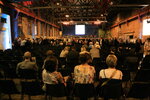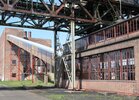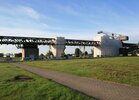Peenemünde Power Station
The preliminary conceptual work for the restoration project presented here was performed in 2007 with the definition of the conservation aims and restoration concepts for the monument. The damage to buildings and technical facilities in the external area was surveyed and the ...
Read more
Project details
| Title: | Peenemünde Power Station |
|---|---|
| Entr. year: | 2013 |
| Result: | Award |
| Country: | Germany |
| Town: | Peenemünde |
| Category type: | building conservation |
| Notes: | -Project full title "Peenemünde Power Station. A never ending story - memory and warning" -Power plant |
| Building type/ Project type: | industrial heritage |
| Former use: | Thermal power station for generation of electricity and heat energy |
| Actual use: | Since 1991 the largest technical monument in NE Germany |
| Built: | 1939 - 1942 |
| Architect / Proj.leader: | Architekten- und Ingenieurunion Stralsund GmbH (Kathrin von Einsiedel, M.Eng., Project Leader) |
| The Jury's citation: | “The restoration and on-going interpretation of the Peenemünde power station is a project of exceptional thoughtfulness and sensitivity. Avoiding the temptations of bright paint and shiny surfaces and dealing successfully with problems raised by the presence of asbestos, it succeeds in guaranteeing the future of the building for its various visitors. Above all, the Jury felt it struck the right balance between the different, and difficult, elements within its history. The excellent dossier described this ambivalence well. Peenemünde was a pioneering industrial plant generating electricity from the 1940s to the 1990s, but it was also a key component of the Nazi regime’s hegemonic ambitions, with their concomitant exploitation of forced labour and concentration camp prisoners. The Jury had to note too that it was the birthplace of rocket science.” |
| GPS: | 54° 8'16,0 N; 13°46'8,8 E |
| Web, Links: | www.peenemuende.de/ |
Description:
The preliminary conceptual work for the restoration project presented here was performed in 2007 with the definition of the conservation aims and restoration concepts for the monument. The damage to buildings and technical facilities in the external area was surveyed and the results compiled to create comprehensive documentation. This documentation formed the basis for further planning and determining the required financial resources.
Similar projects
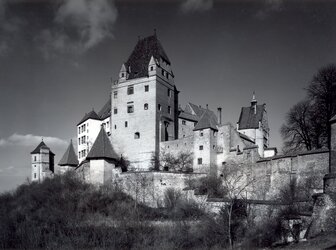
13th century


1905

17th-18th century
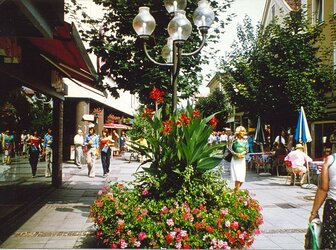
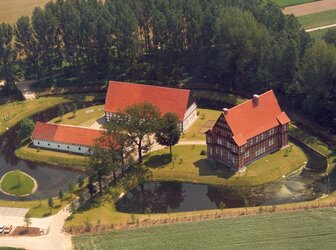
12th century
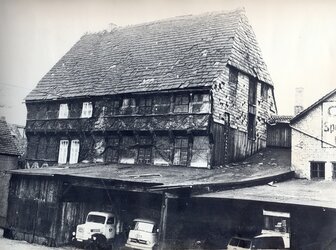
16th century

1943-1945
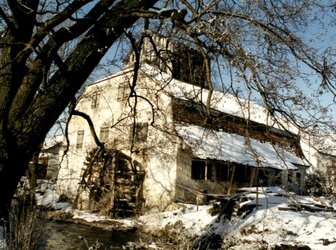
16th century
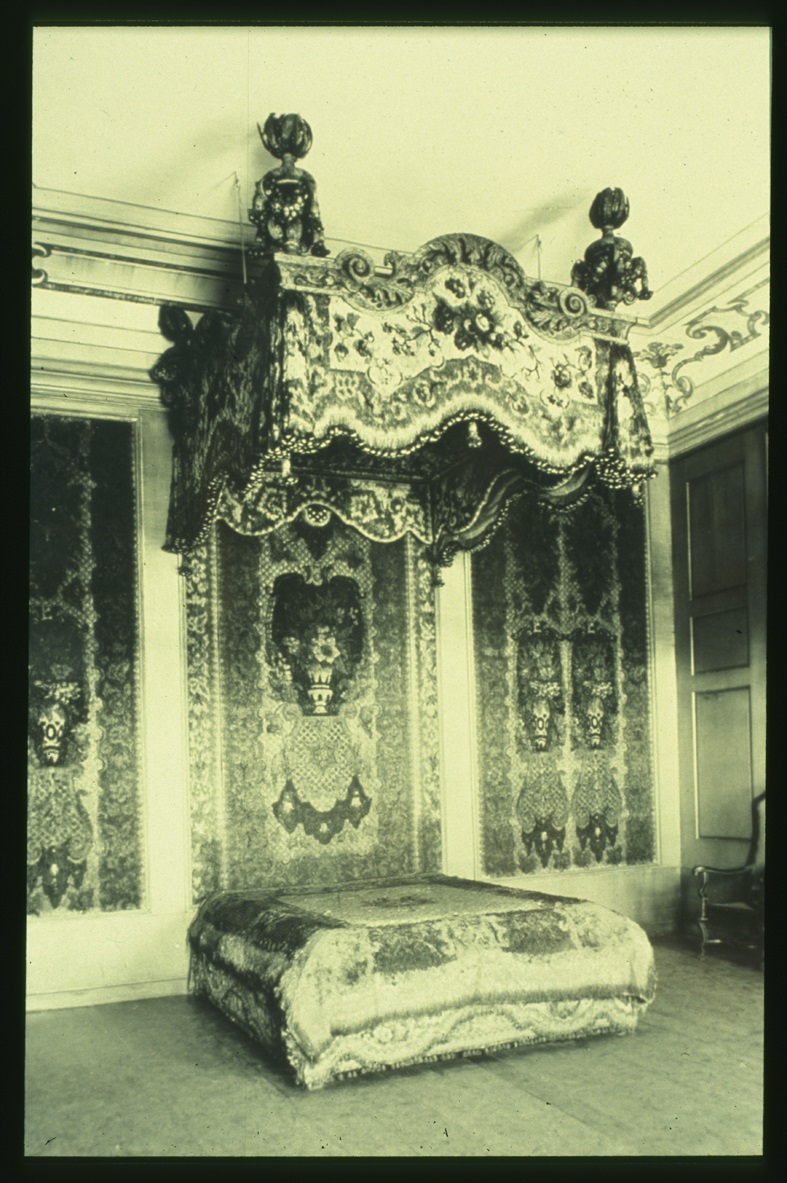
18th century

19th century
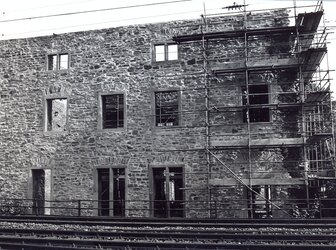
15th century; 18th century


